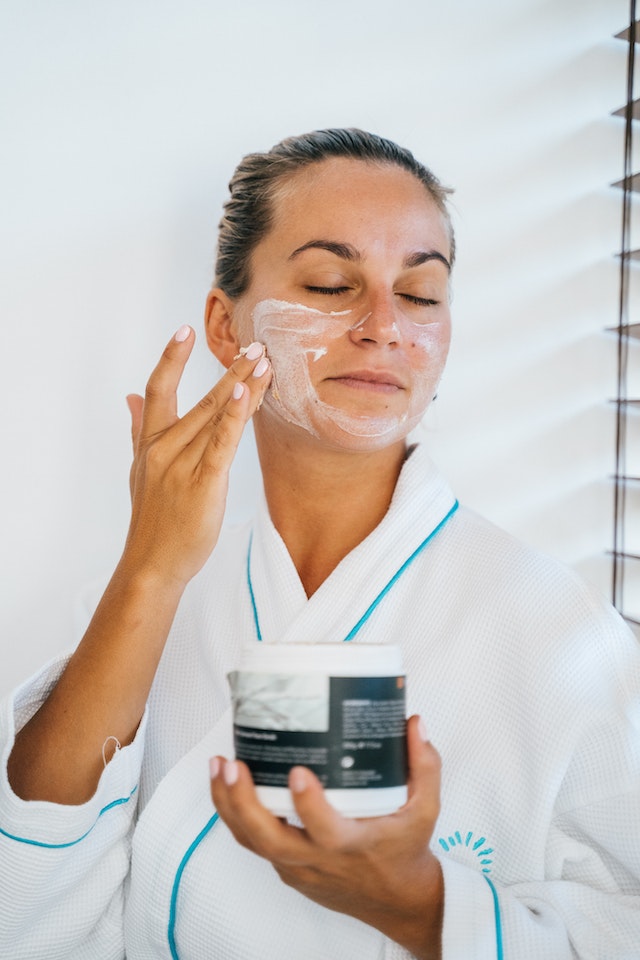When we think of beauty, we often envision a perfect image of flawlessness and perfection. But what is beauty? Is it something that can be measured or defined, or is it something subjective to each individual? Many people believe that beauty is in the eye of the beholder and should be celebrated in all its forms.
Exploring Beauty From Cultural, Scientific and Philosophical Angles:
This article takes an in-depth look at beauty from many different angles and how we can use this knowledge to enrich our lives. We will explore the cultural, scientific, philosophical and spiritual facets of beauty and how these things intertwine to create an understanding of what beauty truly means.
Cultural Standards for Beauty:
First, let’s start by looking at cultural ideas about beauty. Different cultures have developed unique standards for what they consider beautiful; this results in vastly varying concepts of attractiveness around the world. For example, in some societies lighter skin tones are favored while others may prefer darker complexions; this has even been linked to certain historic socioeconomic advantages as well as biases against minority groups. Despite these conventions, embracing one’s natural physical features can be seen as beautiful regardless of societal norms.
Science Behind Our Perception Of Beauty:
On the other hand, scientists have discovered certain qualities that make us view certain people as beautiful more than others. Studies have been conducted to measure facial symmetry and ratios between various parts of the face such as eyes and nose, which can help us identify particular components that contribute to perceived attractiveness. In addition, research on neurobiology has found that when we observe attractive faces or people with symmetrical bodies our brains release dopamine which makes us feel pleasure and reinforces positive behavior towards them — further reinforcing notions about beauty from a biological perspective.
Philosophical Comparisons About Beauty:
Now let’s move onto exploring philosophical ideas about beauty; such as theories surrounding aesthetic experience and ethical implications associated with its definitions and standards. Religions have long recognized aspects like compassion as beautiful traits to possess; essentially tying together morality with aesthetics through thoughts like “true beauty lies within” or “inner beauty is more important than outward appearance” — emphasizing qualities like kindness over superficial looks alone which could lead people away from objectifying individuals solely based off their appearance alone . Overall this suggests there are numerous interpretations behind what makes someone look attractive today depending on their culture or context but also encourages us all to broaden our definition beyond just physical appearance into an appreciation for everyone’s individuality too!
Spiritual Connections Around External Aesthetics:
Finally, let’s examine spirituality around notions surrounding external aesthetics in order to help understand deeper meanings behind why we find certain appearances appealing (or not). Certain ideologies argue that true




